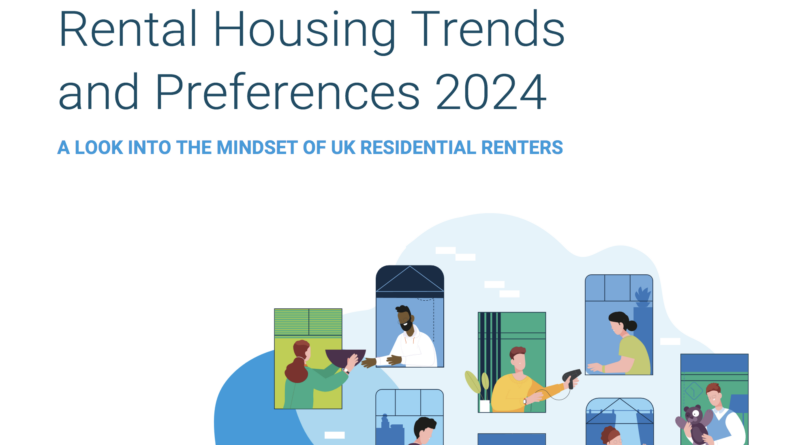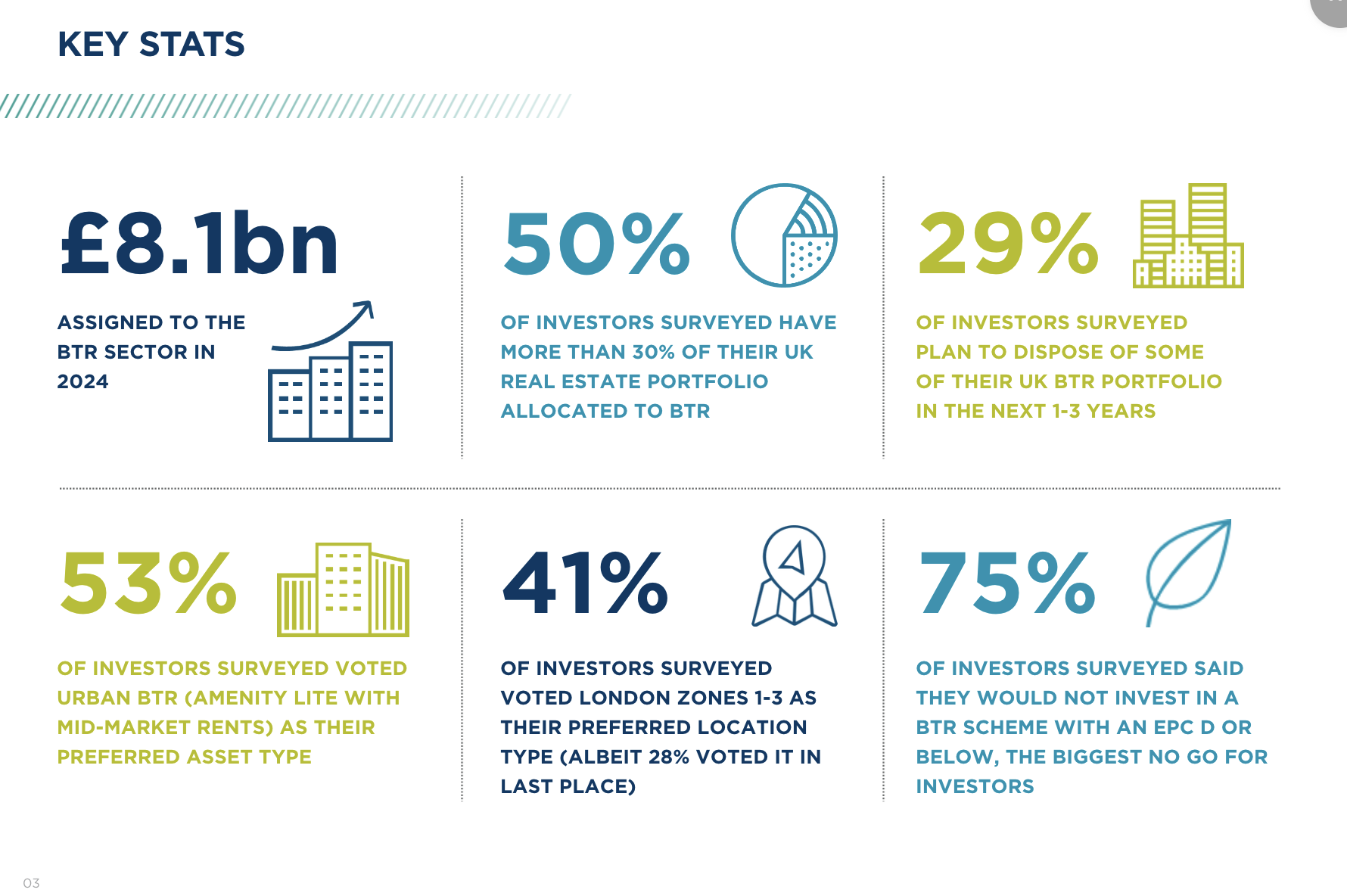Sponsored content: Financial barriers, A surge in city living, and sustainable priorities for Gen Z: new report from MRI Software reveals key trends in the UK rental housing market for 2024.
Soaring house prices alongside the wider impact of the cost-of-living crisis is having a detrimental impact on renter’s aspirations to own with a staggering 80% of renters feeling priced out of the housing market, and 33 per cent abandoning aspirations of homeownership. Here, affordability remains the primary obstacle, particularly affecting those over 55, indicating a shift towards long-term renting across age groups.
The North/South divide was also prevalent with 32 per cent stating their rent payments were between £400-600 per month. However these respondents were predominantly based in northern parts of the UK whereas rent payments in the south averaged £1,000-1,500 per month.
The economic landscape shifts significantly as we move towards the south as more major business hubs operate in these areas and the supply of properties is limited. Fierce competition within the rental market naturally drives up prices and the desire to live closer to amenities that provide cultural, educational and economic benefits.
The pandemic may well have influenced these trends prompting many to reassess living arrangements.
Some chose to relocate to the north to get more space for their money yet still keeping remote jobs in the South. This trend may have led to a slight increase in rents in certain parts of the North but overall, the north/south rental price gap still remains vast.
In recent months, the political landscape has changed dramatically with a new government now in power. From MRI Software’s latest 2024 Rental Housing Trends Report, there are clear concerns about the UK rental market with affordability driving the agenda followed by a lack of housing options.
Surveying more than 3,000 residential renters across the UK, the report revealed significant behavioural shifts and emerging trends in the private rental market as the UK adapts to a post-COVID normality and tackle the ongoing cost-of-living crisis.
Key themes emerging from the recent report related to the rising financial challenges facing younger renters today with nearly half (48%) of renters surveyed aged 18-24 continuing to live with their parents or housemates. This highlights the financial hurdles facing this demographic with rising rental costs, lack of savings, and economic uncertainties all crucial contributors.
Interestingly, it appears the idyllic dream for rural surroundings is starting to wane post-pandemic as reality sets in. The preference for city living has surged, with a notable increase in younger renters opting for urban apartments over rural houses.
This reveals how different generations value the closeness to daily amenities, career opportunities, and social activities differently, with younger individuals more inclined to embrace city life. For landlord and property developers, these insights provide an opportunity to continue investing in build to rent developments while demand exists and grows.
With sustainability high on the agenda for all sectors, it appears that younger renters are placing high importance on these credentials especially where cost efficiencies can be achieved. To ensure appropriate energy solutions are being implemented, it’s essential for landlords and property managers to have an oversight of how energy is currently being used within the properties they manage.
The report also highlights a growing opportunity for landlords to enhance tenant experiences through digital platforms. Sixty percent of renters prefer self-managed digital communications when dealing with their landlord. However, uptake of resident portals is extremely low when compared with telephone and email communications. By developing effective digital tenancy processes and data-driven energy efficiency strategies, the industry can support renters to navigate the cost-of-living crisis whilst capturing their own operational efficiencies, not to mention developing competitive advantages that will serve them for years to come.
The report is now available to download enabling landlords and property managers to get ahead of the curve.




